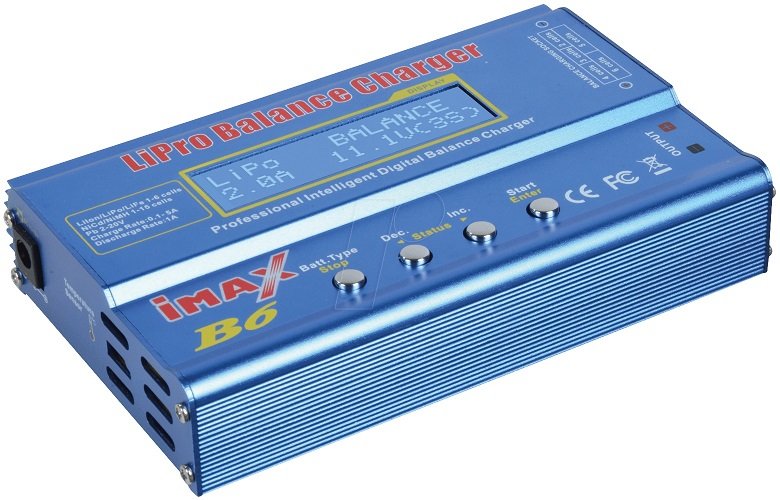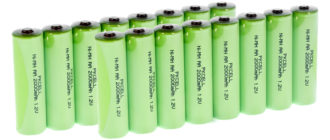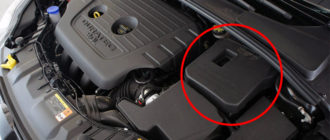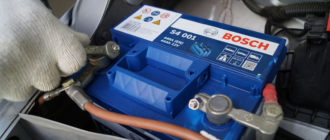Some batteries have a memory effect. This phenomenon significantly reduces the efficiency of the power source. What is this process, how to prevent "remembering" and what to do if the battery is already working in limited mode will be described in detail below.
Content
What is battery memory effect?
The effect of battery memory is a significant loss in battery capacity as a result of recharging a battery that is not discharged to the end. The product, as it were, remembers the previous value of the capacitance, at which it was set to recharge and, during subsequent operation, gives off electric current only to this level.
This process can be explained not by the appearance of cognitive abilities in an inanimate object, but as a result of an increase in the crystals of the active substance.
This “pathology” is most pronounced in the event that some types of rechargeable batteries are installed on a charge until the full supply of the available electric current is completely lost. If the battery is constantly operated in this mode, then the product will not only lose a significant reserve of capacity, but can also completely fail.
To protect yourself from the need to replace batteries, you need to notice changes in the operation of such products in time. In general, the “symptoms” of various models manifest themselves almost identically, so it will not be difficult to determine in time the operation of the power source in a non-standard mode.
Despite the limited number of cycles of operation of such devices, even badly damaged batteries can, in many cases, be restored using a special battery training.
How does the memory effect manifest in batteries
In order to eliminate the likelihood of battery memory formation, it is recommended that you first correctly determine the type of battery. Knowing the chemical composition of the electrolyte and electrodes, it is easy to determine the susceptibility of such elements to the effect of crystal growth.
Ni-Mh. Almost all batteries, which include nickel, are subject to the effect of memory. Ni-Mh batteries are not an exception to this rule.
It is enough to not completely discharge the battery once, so that the next time you use it, the capacity of the cell will decrease significantly. If you often use a gadget or tool, then such an effect can manifest itself in a noticeable decrease in the device’s operating time.
Ni-Cd. Nickel cadmium products are the most affected by memory batteries. The decrease in capacity also manifests itself in the form of a decrease in operating time. This feature can occur even with a short period of operation of the elements, especially in low-cost models.
Li-ion. Lithium ion batteries They are modern chemical sources of electricity, therefore, they are practically devoid of a memory effect. Minor deviations in the capacity, as a rule, are associated only with the long-term operation of such products or with very intensive use.
Li-Pol. Lithium polymer products also lack memory effect. Such products are ideal for devices that are used from time to time and recharged long before the energy is completely consumed.
LiFePO4. Lithium iron phosphate elements are subject to memory effect.Despite the fact that the decrease in capacity as a result of installing the product on recharging to full discharge is not so significant as in Ni-Mh and Ni-Cd batteries, it is enough to violate the principle of complete energy consumption once to start the pathological process at the cathode of this type of battery.
How to prevent a memory effect
The memory effect in batteries most susceptible to such a pathology is very simple to prevent. To do this, it is enough to always discharge the battery by 100% before setting the source of electricity to recharge.
If for one reason or another it is not possible to make a full power consumption each time, then for prophylaxis it is recommended to completely exhaust the supply from time to time, and then fully charge the product with the current recommended by the battery manufacturer.
To reduce the likelihood of the formation of a memory effect in nickel-cadmium and nickel-metal hydride batteries, it is recommended that you “shake” them to the required capacity values before using new products. For this purpose, it is sufficient to fully charge the product with current, which does not exceed the values set by the manufacturer.
Then discharge the device through a not too powerful consumer of electricity. This training will allow you to fully reveal the potential of the device from the very beginning of operation and to remove the initial crystal formations on the internal contacts of the battery.

Which devices are most affected
The memory effect is especially pronounced in portable devices that can be used for a long time. For example, screwdrivers used on non-electrified facilities charge to full volume, even if the supply of electricity is not used up.
This is due, first of all, to the fact that in the process of performing work it will not be possible to install the device on recharging. A similar problem occurs if the wireless device is used periodically.
Workers, in the presence of interruptions in the use of the device, connect it to the network through an adapter, which leads to a very rapid decrease in the efficiency of power supplies.
Is it possible to swing the battery while lowering the capacity
With a decrease in the capacity of Ni-Mh - Ni-Cd, a significant restoration of this parameter is possible. The procedure for eliminating the memory effect is carried out in the following sequence:
- Discharge the battery through a not too powerful consumer of electricity, until the voltage of the contacts of the product is 0.8 - 1.0 Volts. You can measure this indicator with a multimeter.
- Install the battery in the charger and charge it 100 percent.
- Repeat the charge-discharge process several times.
If the memory effect is the consequences of the "under discharge" that has been observed for a long time, then the charging process may need to be carried out using more powerful memory devices.
If during the operation of the batteries the memory effect is not evident or the products are stored for a long time without recharging, then the training described above is recommended for preventive purposes. This approach is especially good when operating Ni-Mh and Ni-Cd batteries.
Have questions or have something to add? Then write to us about it in the comments, this will make the material more complete and accurate.







